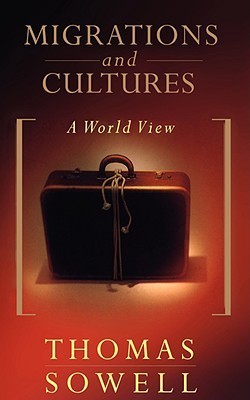What do you think?
Rate this book


516 pages, Paperback
First published January 1, 1996

Government-provided benefits in general have made immigrants more costly to absorb, quite aside from the question whether they cause more immigrants to come, or reduce the selectivity of the immigrant population by including many without the initiative or ambition of those who immigrated when there was little or no help available from the government. Anti-immigrant feelings and movements have grown in the welfare states of Western Europe and the United States...the combination of lax immigration laws, welfare state benefits and schemes to keep foreigners foreign are leading to potentially explosive conflicts.
These social conflicts may be especially tragic in an era where persecution and armed conflicts around the world are producing vast numbers of refugees seeking asylum but discovering that such asylum is increasingly difficult to find. The human tragedies caused by turning away desperate people from borders are made doubly tragic when much of the opposition comes not simply from objections to the immigrants themselves but also from objections to the social and political agendas being promoted by ideologues who use the immigrants as part of their general opposition to the values and traditions of their own society.